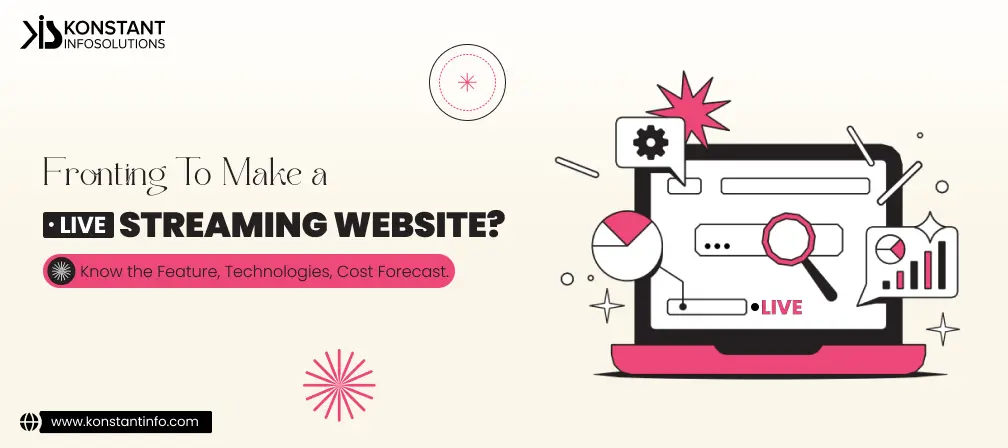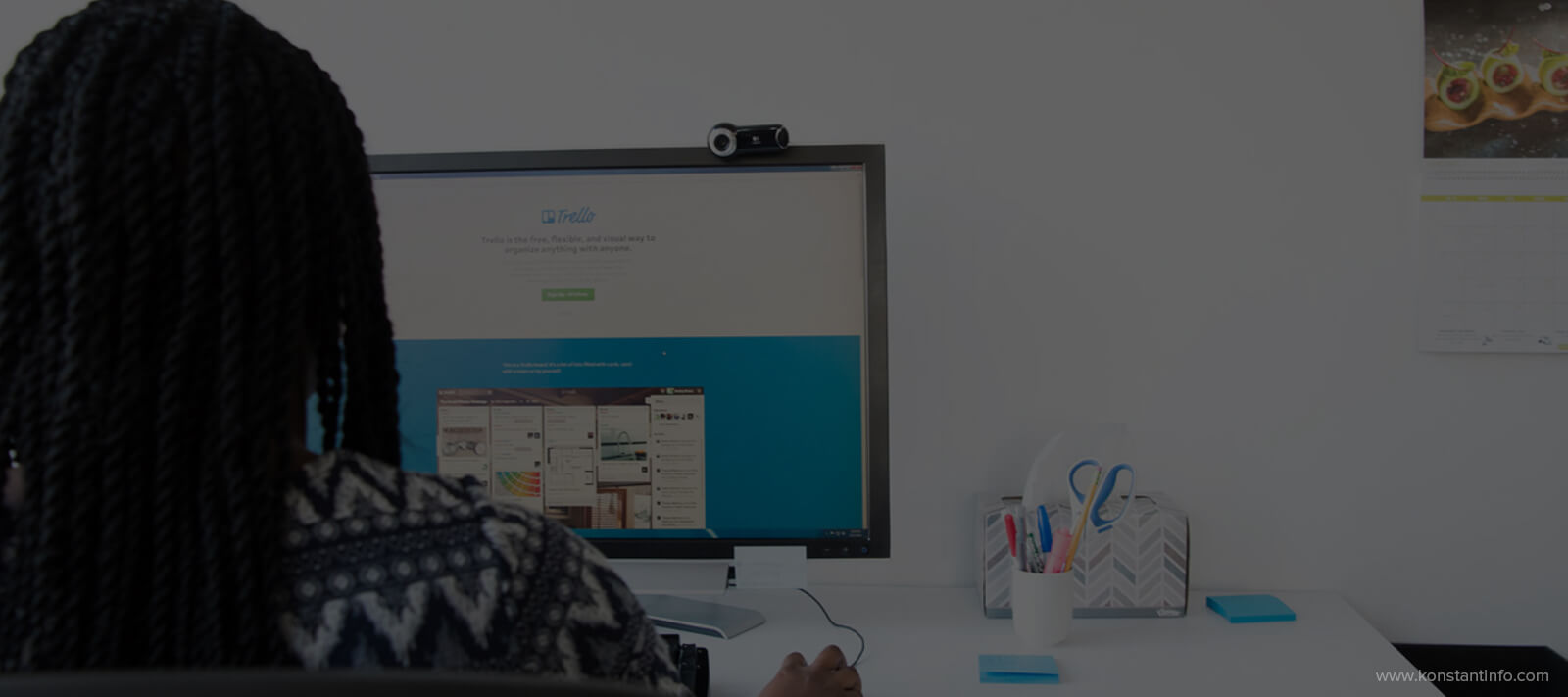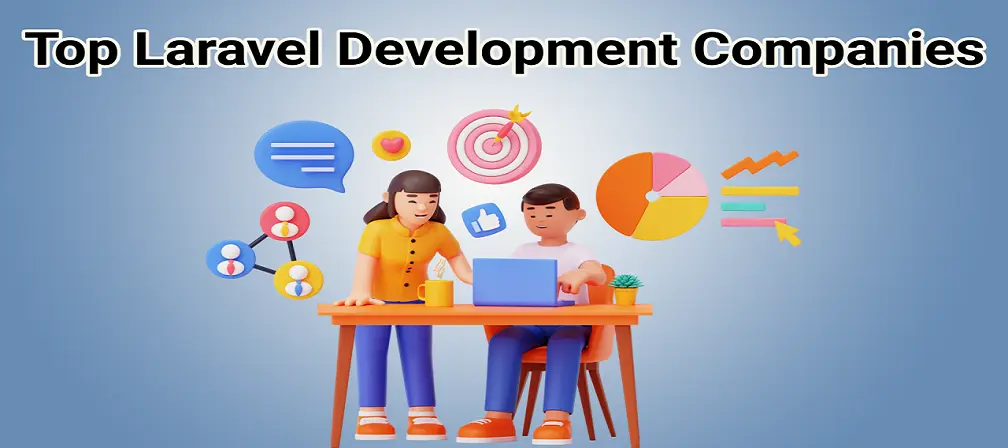
Table of Contents
As users are budging on the live streaming websites during COVID-19-stressed-lockdown, it is for the businesses to assess if their software solution will shift human resources from rote data collection to value-added customer service and support, as and when required and yet make a profound difference?
Facing limited mobility, a majority of users are flocking towards digital sources of entertainment – they’ve almost consumed entertainment trusting their digital nervous systems. We cannot yet determine which customer groups will be more profitable or the unprofitable ones – as music prevails across age groups, geography and demographics. So let’s get started with what do we require for Live Streaming website development.

Each of these types oftentimes borrows various characteristics from each other and supports various formats.
Some events are filmed on a camera connected to the internet. A content delivery network ensures that the flow of data is continuous which further distributes it to users on different platforms and devices. Best examples: Periscope and Twitch.
On-demand video can be accessed at any point as the media file is created/compiled before the user starts watching it. Such a file can be uploaded to the server and can further be accessed by either downloading the file from the server or a CDN. Best examples: Youtube and Vimeo.
Audio Playback Services come forth with less number of challenges compared to its video counterparts. So the audio can be premiered, or pre-recorded, made into a podcast or radio sessions or on-demand playback. These files are smaller than video files so do not increase the server load. Best Examples: SoundCloud and Deezer.
Immersive experience combines virtual reality, augmented reality and mixed reality into the audio and video files but the users need to access digital interface – typically a smartphone, headset or smart glasses. If such clips are played in an indoor auditorium, they provide a real-life experience.
| Sr. No. | Features |
| 1. | UI: A lucrative user interface inherently attracts more visitors. |
| 2. | Integration with Video Player: You need to ensure that the topic is catching, the content is intriguing and the video quality is HD. |
| 3. | Bit Rate Streaming: The video-streaming app live must be able to dynamically adapt to the user’s device’s CPU memory capacity. |
| 4. | Flexibility and Scalability: Live-Streaming websites often have to cater to video-on-demand so to handle live streaming they need to scale and adapt to the changing technology and market requirements. |
| 5. | Compatibility across Screens: The app should run equally well for smart-phones and LED screens. |
| 6. | Offline Capability: The videos should be made available offline. |
| 7. | Security Practices: It is important to secure the video assets from hackers. |
| 8. | Profile Creation: Features like Account Registration/creating new user profiles/the ability to follow users and many more should be part of the live streaming websites. |
| 9. | Live Playback on Various Devices: This requires a lightning-fast connection as chances are that a delay in broadcasting will lead people to migrate to another service. |
| 10. | Mid-playback Functions: The video should allow the users to pause, resume, rewind and fast-forward functions to make users feel a sense of control over how they experience it. |
| 11. | Selecting Appropriate Video Quality: It’s important to have the video in high definition to keep your audience interested. It is a prime requirement to keep your audience hooked until the video ends. It can as well bridge the gap between the matter or the content – the length of the video – the overarching goals of the company – quality or type of the video. |
| 12. | Full-screen: The video (irrespective of the type) must be viewable on any screen – big or small. |
| 13. | User account: Registration and Login |
| 14. | Comments/chat: All turned on |
| 15. | Promoted Comments: For the pesky users |
| 16. | 360 view: To get a better picture |
| 17. | Captions: To enable a better understanding |
| 18. | Social media sharing: Because the good things are always meant to be shared with the people who matter the most |
| 19. | Multiple angles: Get a wider perspective while you design and develop, covering all edges |
| 20. | See what’s trending: Know about trending video broadcast/geographically |
To estimate the cost to create their live stream website, a business needs to know how much will be the cost to establish the infrastructure and how much will the staff cost?
The Estimated Cost To Infrastructure
The Estimated Cost To Staff
A typical development team will have designers, QA, backend and frontend developers and 2D/3D animators (multiple + varied). The rates will widely vary according to expertise. And each expert can easily cost $6,000/half year.
Live video streaming sites can easily cost over $1,00,000/- and it shouldn’t be surprising if the costs mentioned above vary according to the changing market conditions, the demographics, the skilled developers or any other reason.
Including all the additional costs involved in launching a video streaming website and maintaining it further post-launch, businesses will need to integrate some sort of monetization strategies or business models to recuperate costs and turn them into profit. Few essential ways to implement this can be via (1) Subscription fee, (2) Donations from users and (3) in-website advertisements (4) Freemium (5) Paid and likewise.
See Also: Guide to Build Free Movie Websites like Soap2day
You will require all of these technologies to create a live streaming website:
| Programming Languages | JavaScript, React.JS, PHP, Twilio, and ASP.NET |
| Content delivery network (CDN) | Cloudflare/Amazon CloudFront |
| API server | Node.js |
| Media processing platform | DaCast, Wowza |
| Hosting | Amazon EC2 |
| Streaming protocols | WebRTC, RTMP |
| Database | MySQL, Oracle |
| Cloud storage services | AWS, Google Cloud Platform, Microsoft |
| Push notifications | Firebase Notifications |
A live streaming app gives users a real-time audio-video broadcast experience to users.
A live streaming application (for mobile or web) fetches video/audio output of the camera and broadcasts it to other viewers via certain protocols (RTMP, WebRTC).
Such applications create a circuit between the streamers and viewers. Being interactive, it allows users to be proactive and get instant feedback based on their responses. This enables streamers in getting a larger coverage of audience and communication potential. Users can enjoy the broadcast while on move.
As companies hire outside firms to build their websites, the experience may/may not be easy. You might keep thinking if you have all that you need as per the quality of the website that you wish for. We have services that work intuitively. Once you’re sure enough to regressively test anything you put up on the web for customers, you’re sure to mark a good first impression. Konstant personalizes the website services for every visitor. It is not just a bunch of static links that the visitor has to wade through. For each one of our projects, all of the information was kept in a database and is presented to the site visitor according to the visitor’s search criterion. While start-ups look for more basic websites and are beginning to build interactive sites, we try and push forward with more sophisticated capabilities such as multimedia, giving a 360-degree view with a visual experience of how well that piece of software will work. We emphasize that our prices are the best bet available in 2020 in this Internet flea market which supplies an answer to the customers’ scrounging for the lowest price. Reserve a one-on-one call with us for any/all of your website queries.



Manish Jain is the co-founder and Managing Director at Konstant Infosolutions. He is responsible for the overall operations of the company and has played a major role in bringing Konstant up from its humble beginnings and, with his immense energy and drive, transforming it into a globally trusted name in IT solutions.
Or send us an email at: [email protected]